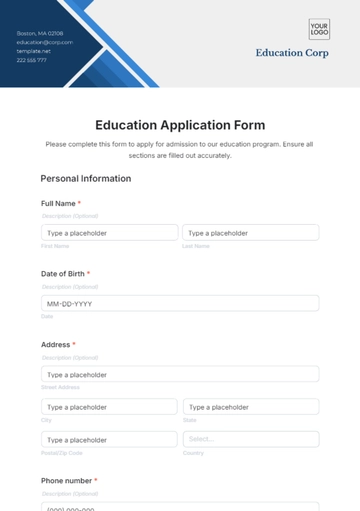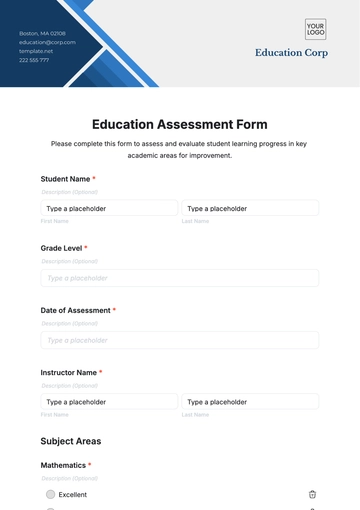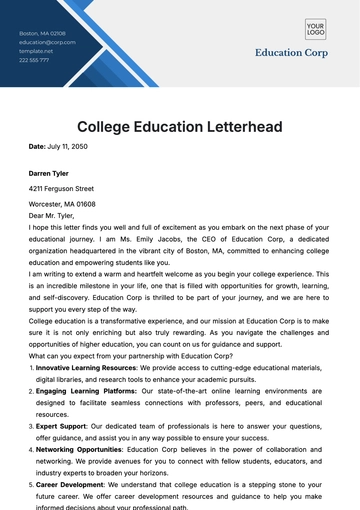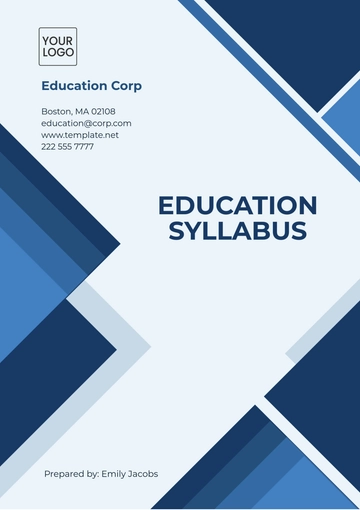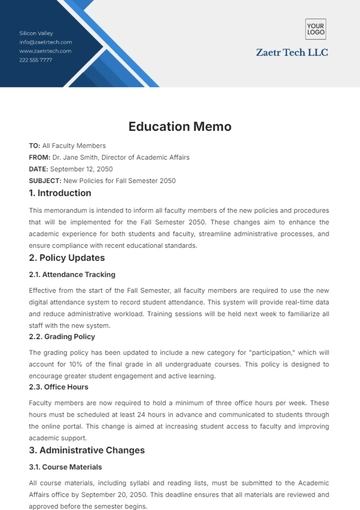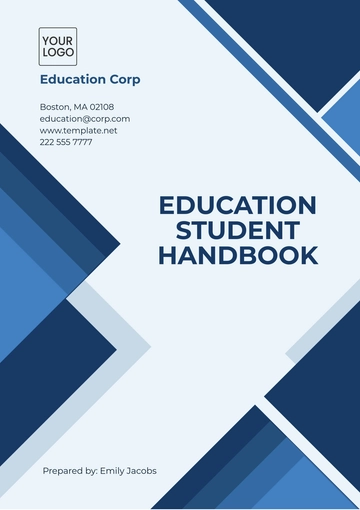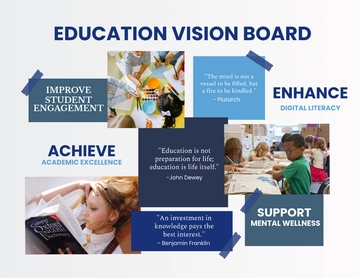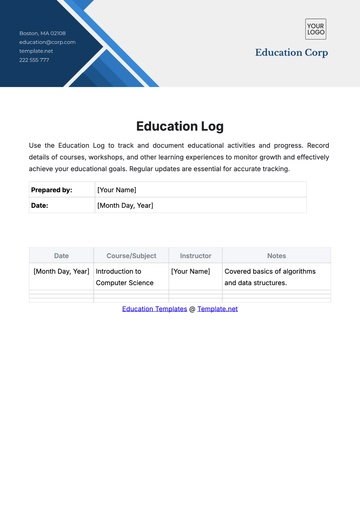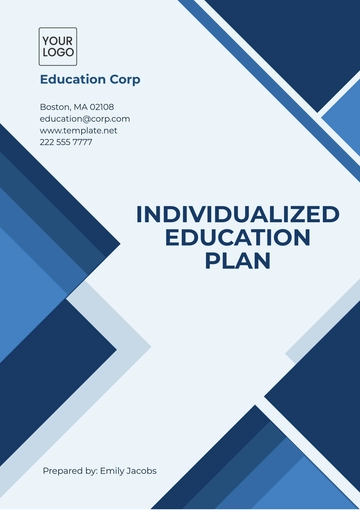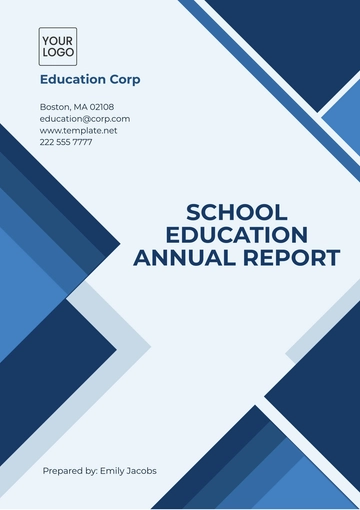Free Educational Ethnography
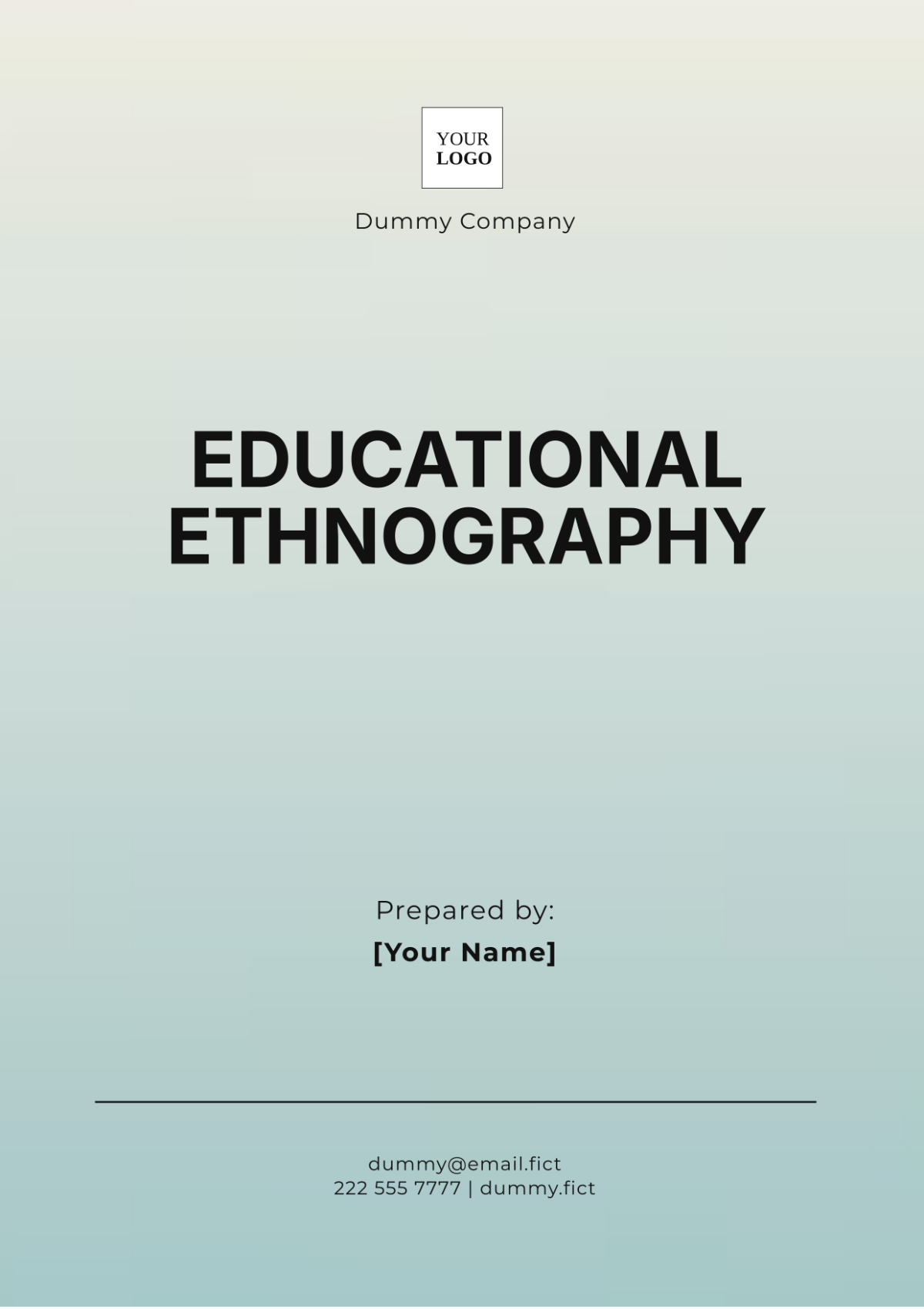
Prepared by: [YOUR NAME]
Date: [DATE]
I. Introduction
Educational ethnography is a research approach that delves into the cultural, social, and educational experiences within educational settings. The purpose of this study is to provide a comprehensive examination of how educational environments influence and are influenced by their participants. By observing interactions, practices, and environments, this study aims to uncover the nuanced ways in which educational processes and outcomes are shaped. The significance of this study lies in its ability to offer insights that can enhance teaching practices, inform policy-making, and improve educational experiences for all stakeholders.
II. Literature Review
Existing Research
Educational ethnography has evolved as a critical approach to understanding the complexities of educational settings. Key studies have focused on the cultural dynamics within classrooms, the role of social interactions in learning, and the impact of educational policies on student outcomes. Notable works in the field include:
Heath (2050), explored language and literacy practices in different cultural contexts.
Lave and Wenger (2051), introduced the concept of communities of practice and its implications for learning.
Wells (2052), examined how collaborative learning environments support cognitive development.
Theoretical Frameworks
Several theoretical frameworks are relevant to educational ethnography:
Cultural-Historical Activity Theory (CHAT): Emphasizes the role of cultural and historical contexts in shaping learning processes (Vygotsky, 1978).
Social Constructivism: Focuses on how social interactions and cultural tools influence cognitive development (Bruner, 1996).
Critical Pedagogy: Challenges traditional educational practices and advocates for a more inclusive and equitable approach to teaching (Freire, 1970).
III. Methodology
Research Methods
This study employs a qualitative research approach to explore educational settings through detailed observations and analyses. The primary methods used include:
Participant Observation: Immersing in the educational environment to observe daily activities, interactions, and practices.
Interviews: Conducting structured and unstructured interviews with students, teachers, and administrators to gather diverse perspectives.
Document Analysis: Reviewing educational materials, policies, and records to understand the formal and informal aspects of the setting.
Field Notes: Keeping detailed notes on observations, interactions, and personal reflections during the study.
IV. Data Collection and Analysis
Data Collection: Data was collected over six months, including observations of classroom interactions, interviews with stakeholders, and analysis of educational documents.
Data Analysis: Thematic and narrative analyses were conducted to identify patterns and themes from the qualitative data. Comparative analysis was used to examine different educational settings and groups.
V. Findings/Results
Observational Insights
Classroom Environment: Observations revealed a traditional classroom layout with rows of desks and a central teaching area. The use of digital tools was limited, but interactive activities were prevalent.
Teacher Practices: Teachers employed a range of instructional strategies, including problem-solving sessions and group work. Classroom management techniques varied, with positive reinforcement being a common approach.
Student Experiences: Academic achievement varied, with some students excelling and others facing challenges. Social interactions were generally collaborative, but cultural differences sometimes led to misunderstandings.
Case Study: High School Mathematics Classroom
Aspect | Description |
|---|---|
Physical Layout | Rows of desks with a teacher's desk at the front. |
Teaching Resources | Whiteboard, textbooks, digital calculators. |
Student Engagement | High engagement during interactive and group activities. |
VI. Discussion
The findings from this study highlight the importance of cultural and social dynamics in shaping educational experiences. The observations align with existing literature, which emphasizes the role of cultural context in learning (Vygotsky, 1978). The diverse teaching practices and student experiences reflect the complexities of educational environments and support the need for flexible and inclusive teaching approaches. The challenges identified, such as diverse learning needs and cultural barriers, suggest areas for improvement in educational practices and policies.
VII. Conclusion
Educational ethnography provides valuable insights into the cultural and social dynamics of educational settings. This study highlights the impact of teaching practices, classroom environments, and student experiences on educational outcomes. Key recommendations include implementing culturally responsive teaching methods, enhancing support for diverse learners, and fostering collaborative learning environments. By addressing these areas, educators and policymakers can work towards creating more effective and equitable educational experiences.
VIII. References
Bruner, J. (2050). The Culture of Education. Harvard University Press.
Freire, P. (2051). Pedagogy of the Oppressed. Seabury Press.
Heath, S. B. (2052). Ways with Words: Language, Life, and Work in Communities and Classrooms. Cambridge University Press.
- 100% Customizable, free editor
- Access 1 Million+ Templates, photo’s & graphics
- Download or share as a template
- Click and replace photos, graphics, text, backgrounds
- Resize, crop, AI write & more
- Access advanced editor
Introducing the Educational Ethnography Template from Template.net—a highly customizable tool designed for educators and researchers. This editable template allows you to effortlessly tailor your ethnographic studies to meet specific needs. Easily adjust and enhance your document with our AI Editor, making the customization process seamless and efficient. Elevate your research with precision and ease.



